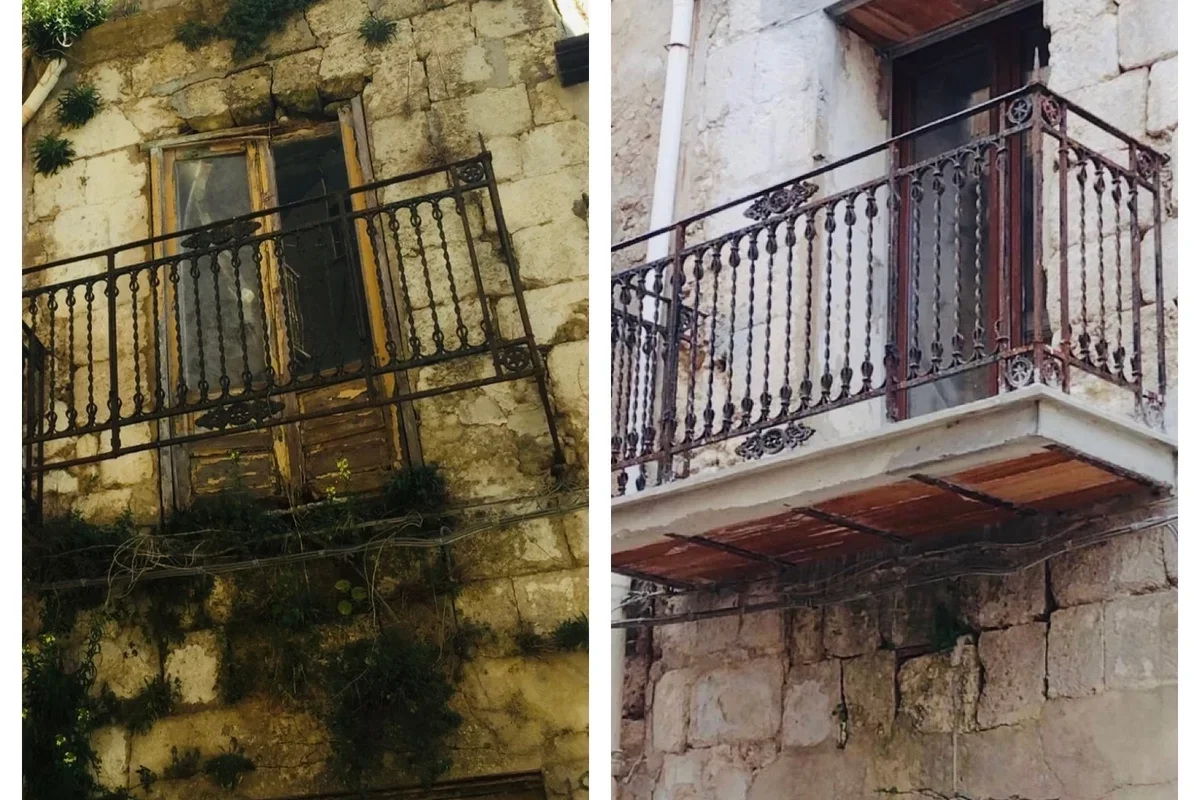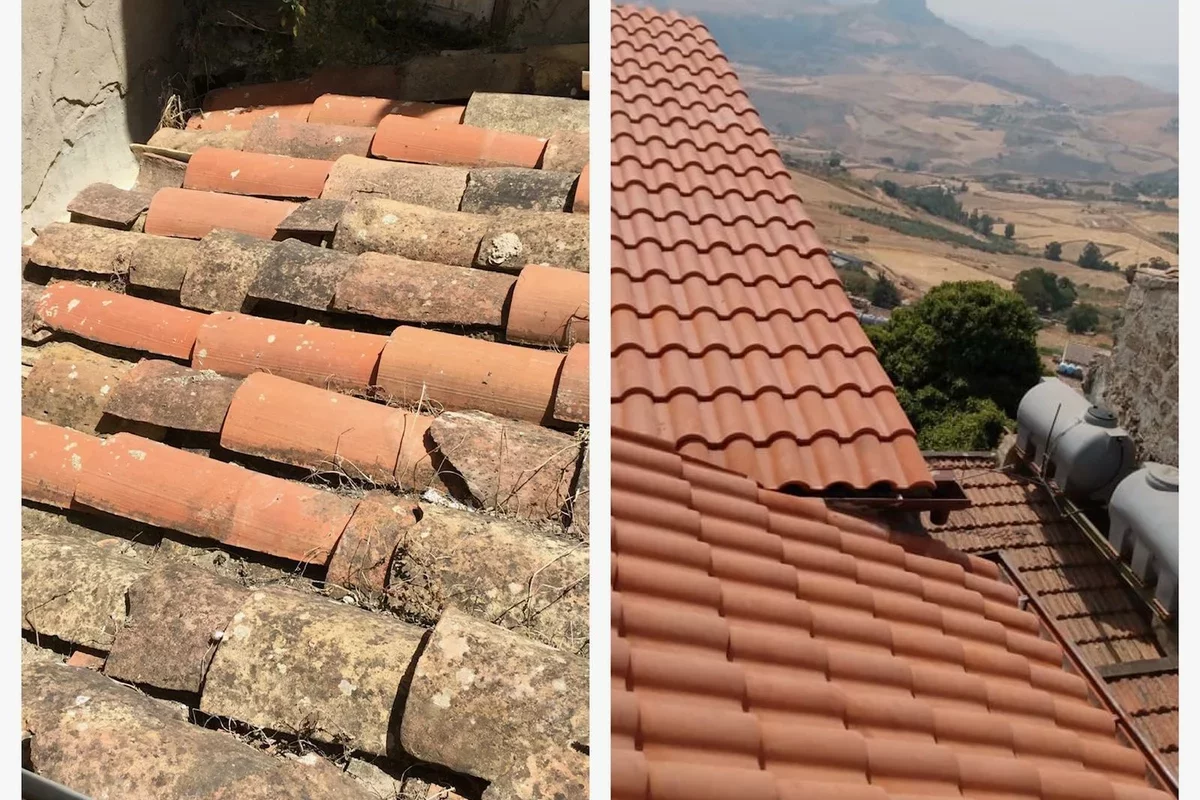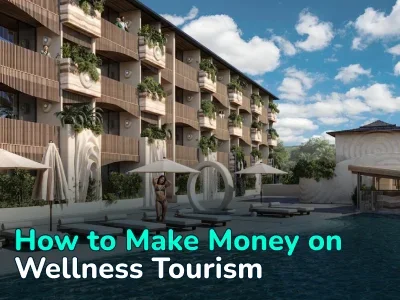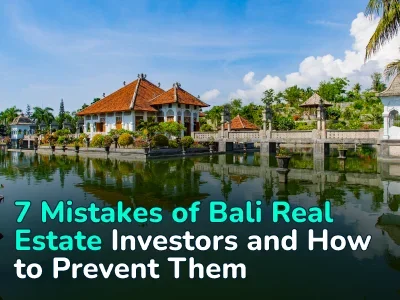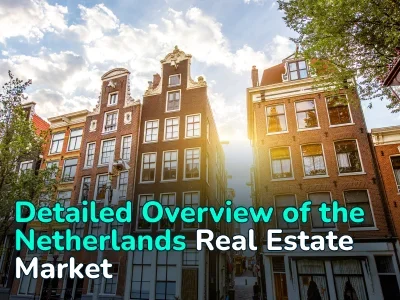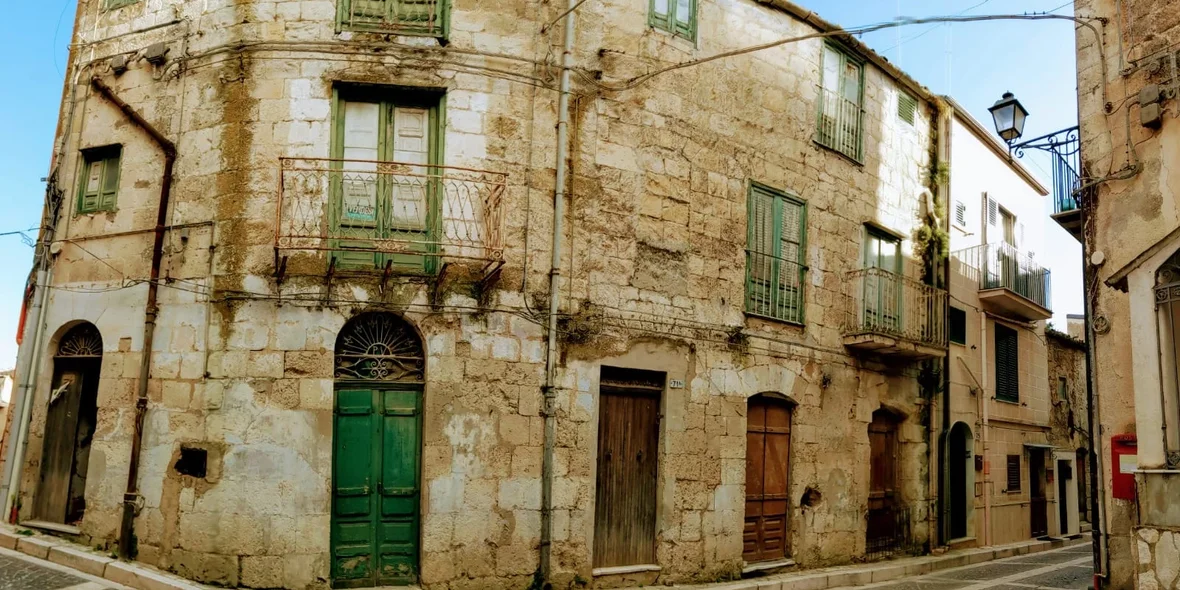
“I Have Already Invested in Five Such Houses.” Who and How Buys Houses in Italy for One Euro and How Much They will Have to Spend Actually
Many of you have probably heard something about the “CASE A 1 EURO” program, under which you can own a historical building in Italy for just one euro. Together with real estate expert Anastasia DiCaprio and a participant in such a program, we understood the important issues and pitfalls of such an investment: do buyers know what they are getting into, and can buying an “abandoned” property be more profitable than investing in ready-made real estate?
Why do Italians sell houses for one euro?
In our dynamic times, where something is constantly changing dramatically, people are becoming more and more pragmatic and believe less and less in some fabulous “unique opportunities.” Now at the helm is a generation whose financial literacy and skepticism exceed all previous generations combined. It is important for people to build a stable present and a reliable future, so all potential decisions are calculated several steps ahead to assess their success.
In the era of conscious capital investment and long-term investments in stable assets, the idea of buying a home for euros immediately looks somehow suspicious: the question automatically arises: “What’s wrong with it?” Someone was killed there, and they want to shift the responsibility to those who are especially gullible? The couple quarreled, and one of them, out of spite, wanted to deprive the other of everything? It turns out that everything is completely wrong.
The CASE A 1 EURO project has actually existed in Italy for more than 10 years and offers everyone who wants to buy real estate for a symbolic price. Of course, with several conditions, but among them, there is no need to take on other people's crimes.
“A house for a euro is a program aimed at reviving empty settlements located far from tourist routes and attracting new residents to cities and villages. Many municipalities in Italy from time to time offer housing for a nominal cost in exchange for the renovation or gentrification* of the building by the new owner. Firstly, the program involves buildings that are in disrepair and have suffered from time and neglect, but sometimes you can also find relatively modern buildings (80-90s), which simply turned out to be unnecessary for the owner, and he no longer intends to pay tax for the excess space,” – says Anastasia DiCaprio, an agent for the purchase of real estate in Italy.
Now, after a short break, Italy is again ready to offer options for house restoration. Almost all regions of the country participate in the program, and new settlements from remote municipalities are regularly connected to the project. Most often, buildings in truly terrible condition will be offered for purchase — for example, damaged after natural disasters or abandoned more than half a century ago — but there are also more pleasant options to attract investors to the regions.
*Gentrification is the process of transforming disadvantaged or blighted areas/villages/towns into middle and upper class destinations. This happens by attracting wealthier residents and creating appropriate infrastructure for them.
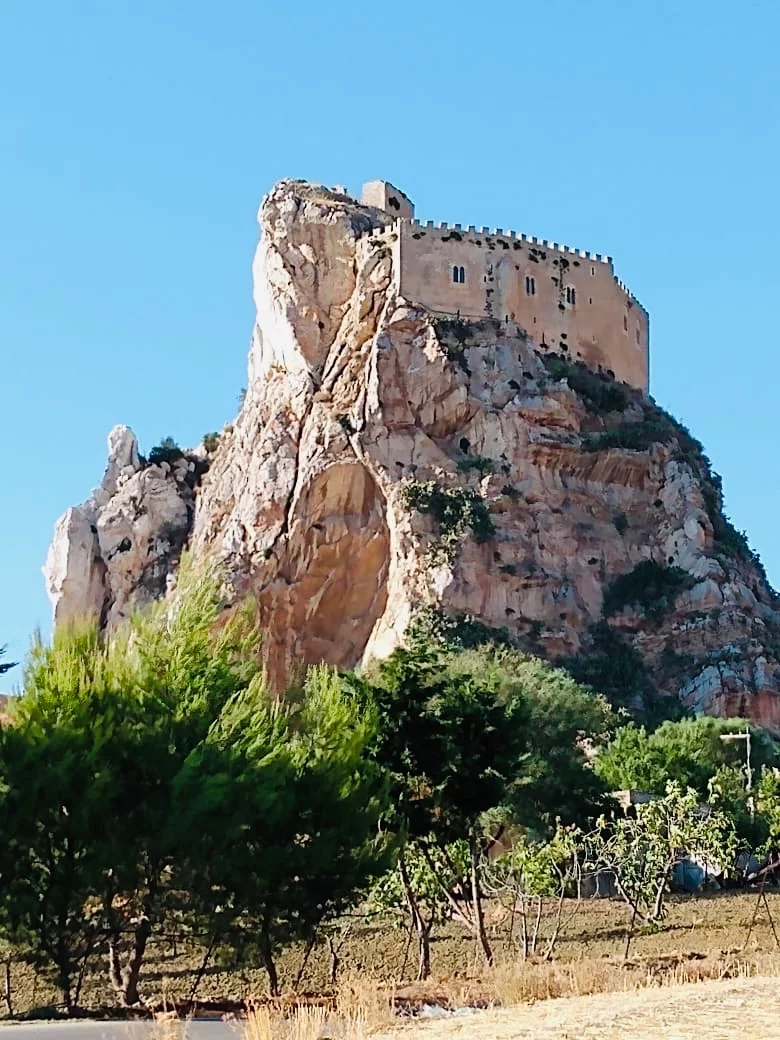
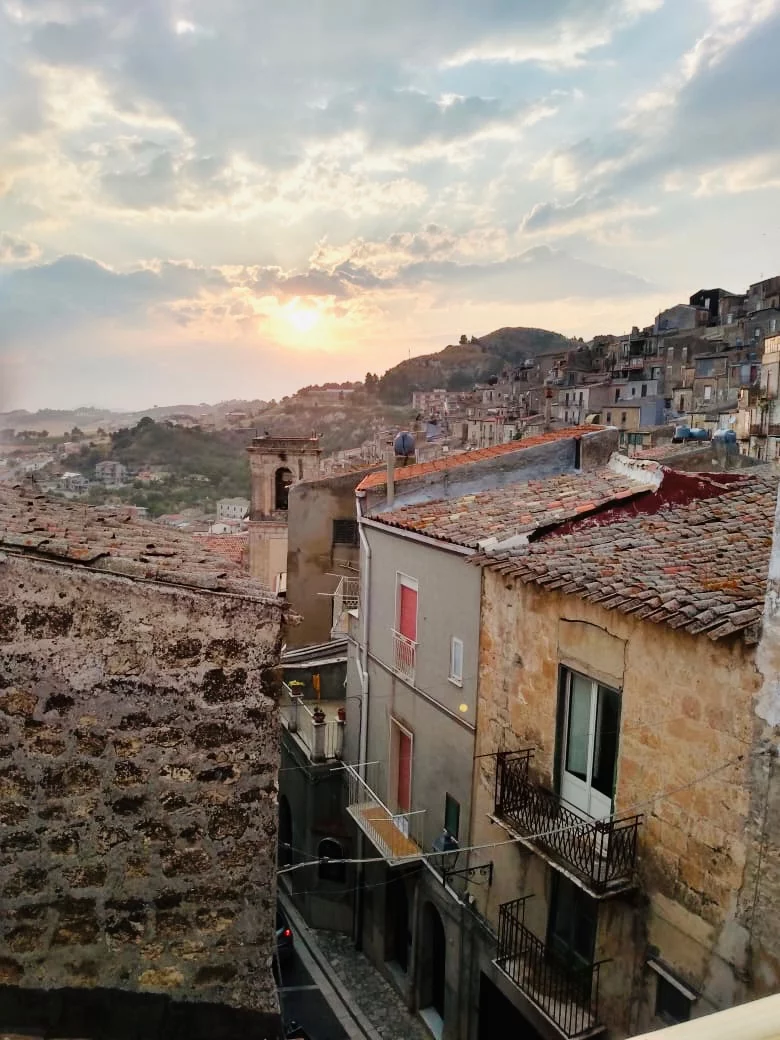
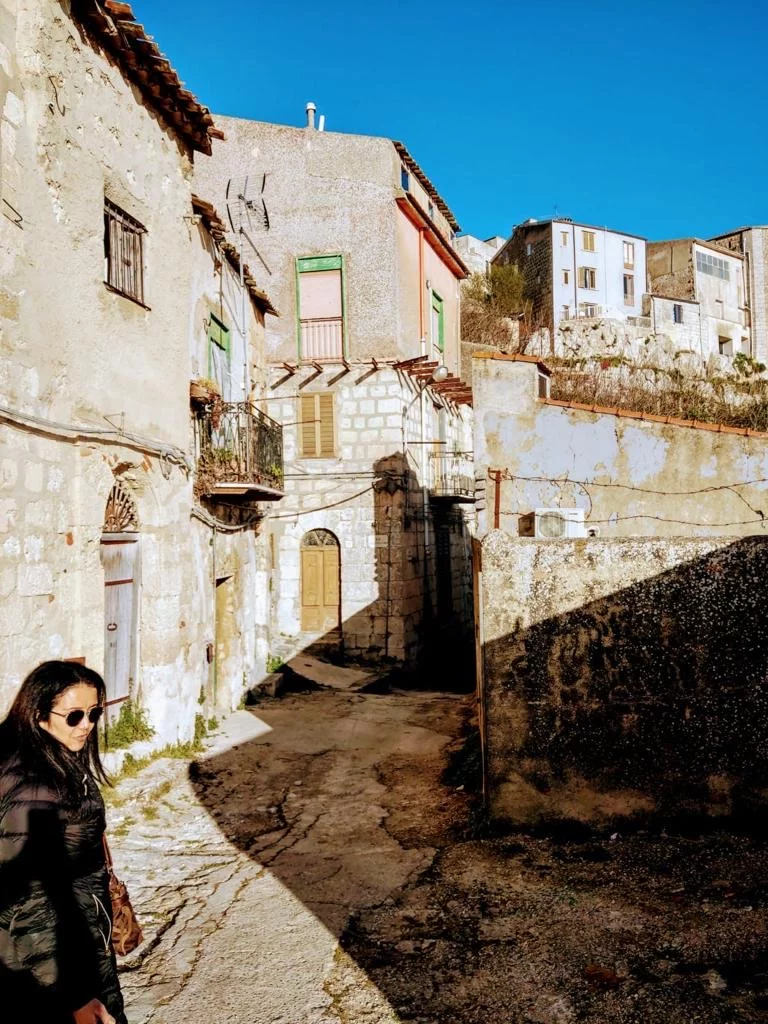
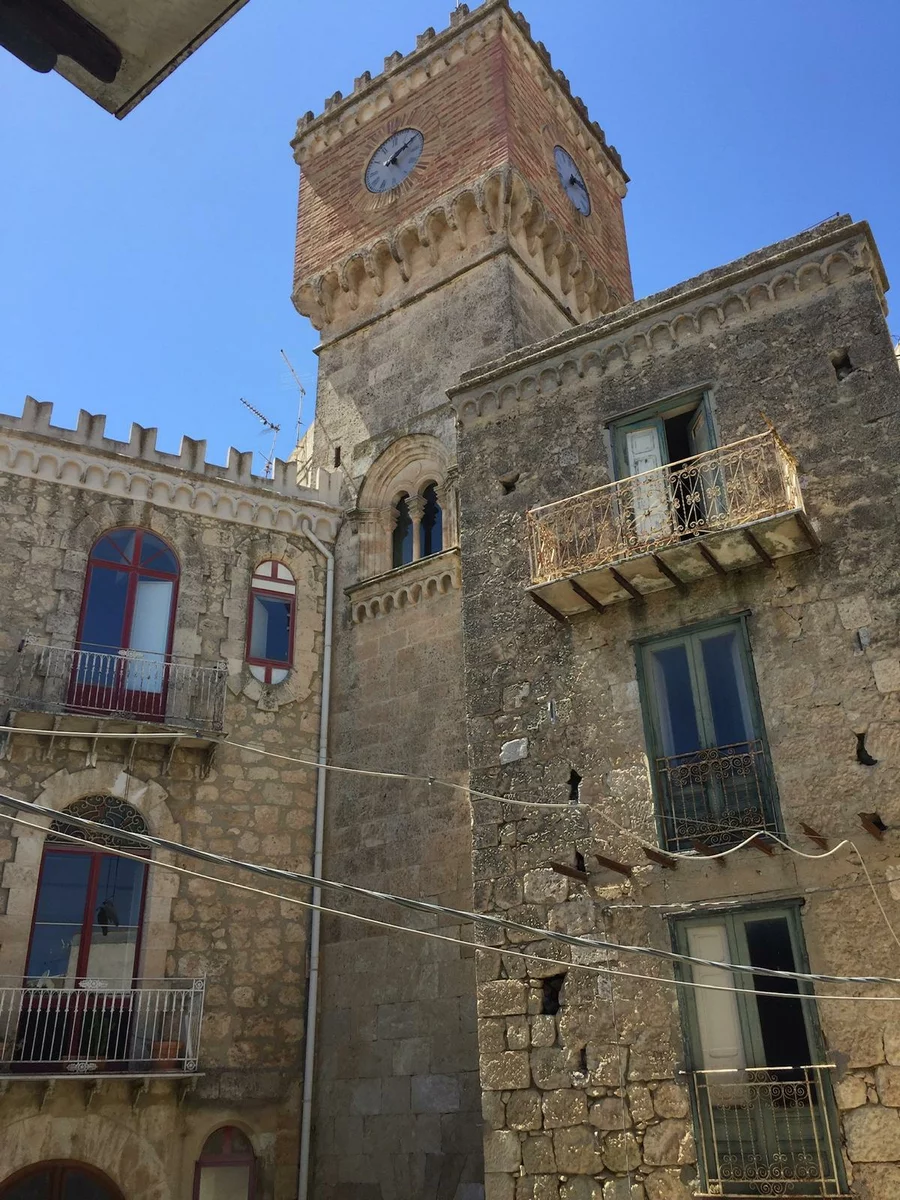
A one-euro house will never be a one-euro house.
Who buys ruins and why they do it?
Contrary to the popular belief that people buy houses “on sale” blindly and do not know the scale of the tragedy, being led by a beautiful picture, most of the project participants do this consciously. The threshold for entering the program is quite high, and purchasing space for euros does not give the right to a residence permit, so those who take on such responsibility are prepared for this.
Rubia Daniels is an alternative energy specialist from California. As part of the program, she and her family have already bought five houses for one euro, three of which are in 2019. That is, they have already been completely reconstructed, allowing us to announce the final estimate for restoration.
“In 2019, my husband saw an advertisement for houses for sale for one euro in Sicily, and a few days later I packed up and went to Italy to find out if it was true andand, if so, why. We had never heard of such a program before and were not interested in it, so I studied the issue quite painstakingly on the spot. I toured several cities in which at that time housing was offered for euros, and I was attracted by the city of Mussomeli,” Rubia says about the beginning of her journey.
The case of the Daniels family has attracted many foreign media, since it closes almost all the questions hovering around the purchase of a house for a nominal fee: foreigners who did not want to go to Italy, did not know about such a project, but became interested and “fit in” to it, and even more than once. We also talked with Rubia and found out how the first construction went and why they decided to do it again.

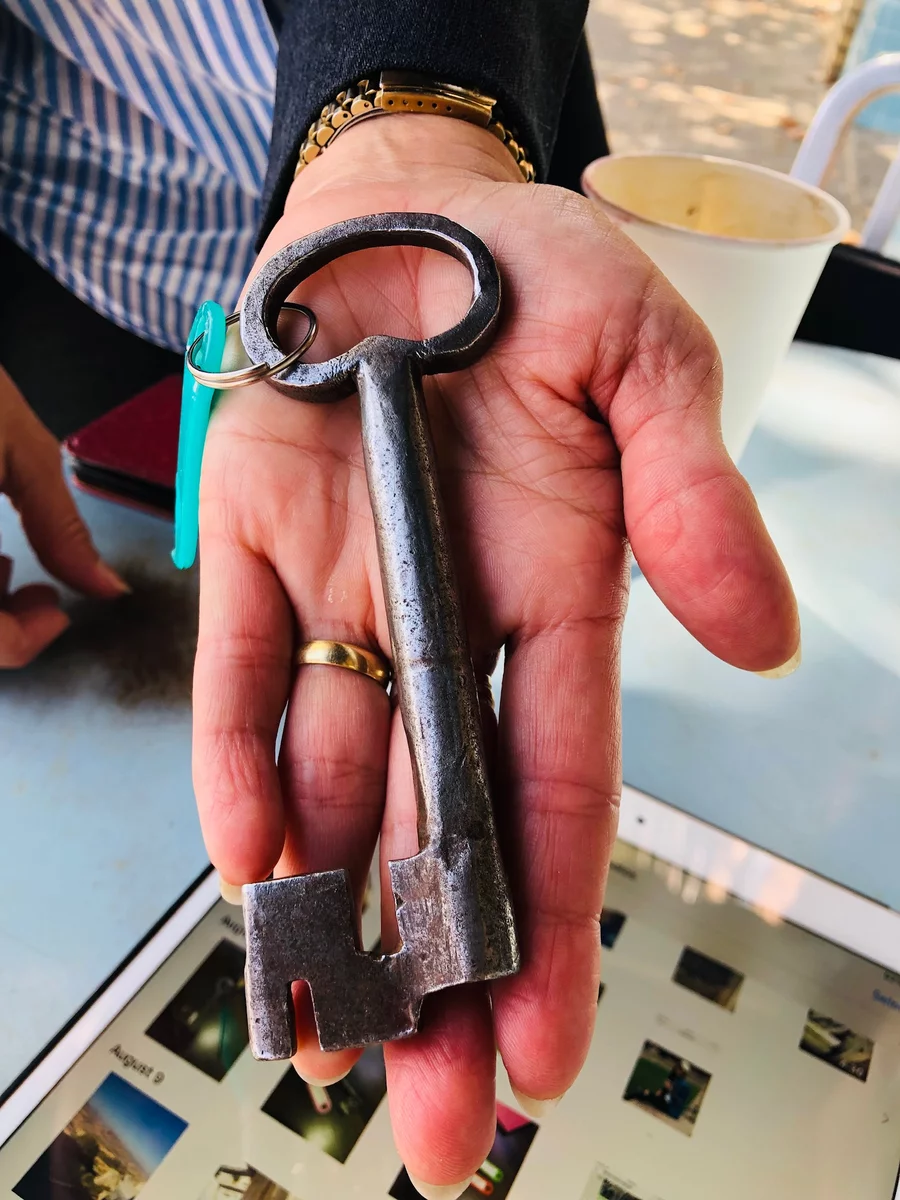
All the houses purchased are located in the city of Mussomeli, in the heart of Sicily — it won over with its fairly developed infrastructure and great potential for expansion, as well as picturesque views. However, since the early 2000s, the city has experienced an outflow of population. Thus, in 2019, the municipality put up more than 100 empty houses for sale in an effort to restore the vitality of the city. Rubia jokingly calls himself a pioneer of Mussomeli's revival.
When she learned the history of the city and the roots of the regional initiative with “free real estate,” she decided to become one of the pioneers of the action and invested in the first house. Since the deal took place in person and without intermediaries, Daniels immediately had an idea of what she was investing in and had no illusions about the amount of work and the scale of investments.
The house was completely destroyed, with part of the roof collapsing and scattering across what had once been living spaces. Nevertheless, she decided to make this purchase, and soon purchased two more houses for her children. And even after the restoration of three houses, the family still had the resources and initiative to continue participating in the project.
“Mussomeli was really dying. Just think about it — the city was practically deserted, and a hundred houses put up for sale for restoration were located in approximately one place. This part of Sicily could have become a ghost town, and only thanks to this project and the involved conscious people who were ready to restore the city, this did not happen,” shares Rubia.
We have already renovated three houses, and each of them cost €20,000.
How much does a house for one euro actually cost?
“A one-euro house will never be a one-euro house,” Daniels said in an interview. In total, one house can cost more than €50,000. However, if you have other resources — for example, the time and contacts of trusted workers — this adventure can be much more profitable than buying a ready-made house and will also help the country.
A security deposit of €5,000 is required for each home to guarantee that you will fulfill your obligations and carry out repairs. If the agreement is violated, the deposit goes to the municipal treasury, and the buyer may receive a fine or even lose ownership.
Rubia was determined — she assembled a team of contractors and coordinated the process herself at the initial stages. More than 50 truckloads of rubbish were removed before the premises were empty and ready for any kind of work. Much of the construction was supervised remotely, and Rubia attributes her calmness about this to her trust in the people.
“Working with local builders from a distance was not a problem. The people themselves are reliable, they are able to do their work in the way that is customary in their country. You just have to manage your expectations so they aren't too high,” notes Daniels.
In addition to the insurance premium, repair costs are determined only by your capabilities and expectations from the house — whether you are building it for living or renting it out, whether you have your own little “Italian dream” or just basic ideas about comfort. The average repair costs for those included in the project are 15–30 thousand euros. The municipality does not regulate the interior decoration of the building in any way; the only requirement is to preserve the historical façade of the building and complete the repairs within a specified time frame.
“Three houses have already been renovated, and each of them cost €20,000. However, I am still investing in one of the houses; its cost has already exceeded 50 thousand euros. But that's because I'm planning to move here and live in this house. There are things you can really save money on without sacrificing quality, but be prepared that remodeling a building is not just about painting it and buying furniture,” says Daniels.
After the family entered the program and restored several buildings, many in California and beyond became interested in the one-euro house. Rubia went some way toward promoting the restoration of towns and villages by investing in abandoned houses. Now she takes groups of interested parties to Sicily and other regions of Italy, shares her experience, and tells them what to expect when entering into such a deal and how to prepare for it.
“70% of potential buyers now are women. I believe this is because they think more about retirement, the future, and a beautiful old age,” notes the program ambassador.
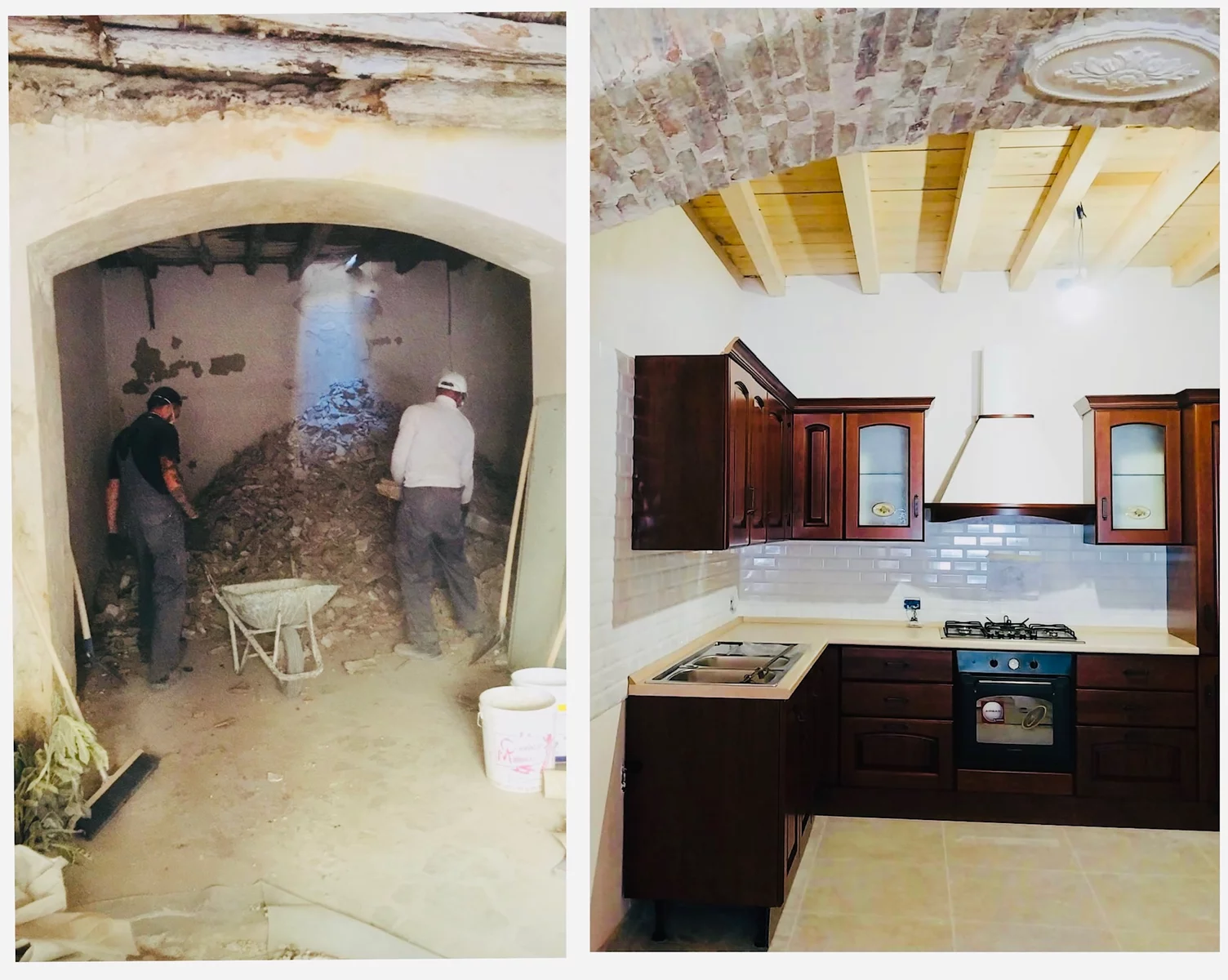
How to buy a house for one euro in Italy?
Such a purchase will indeed require much more than one euro from you, but no one hides this. It's such a good deal with a country where you get a house and the town or village it's in gets money and gentrification. However, to decide on such a purchase, you need to have a clear plan of action, as well as a bit of altruism — not everyone will be able or want to restore a house from desolation that doesn’t even look like a house in the initial stages. This step requires stress tolerance and time. However, if you agree to this, after a couple of years, you will be able to enjoy a house by the sea according to your design.
“Anyone can buy a house under the program, including a foreigner from a country with which there is a bilateral agreement on the possibility of purchasing real estate. Russia is one of such countries. When concluding such a transaction, you will be required to:
- Pay for notary services and tax on transfer of ownership, as well as cadastral renewal.
- Pay a refundable insurance premium as a guarantee that the work will be completed on time; its amount can range from €1,000 to €5,000.
- Provide a plan for the reconstruction of the property within the period established by the municipality (6–12 months from the date of purchase).
- Obtain all necessary permits for the work and begin it within the time frame set by your municipality.
- Complete construction within the specified time frame (almost everywhere the maximum time for reconstruction is 3 years),” explains Anastasia DiCaprio.
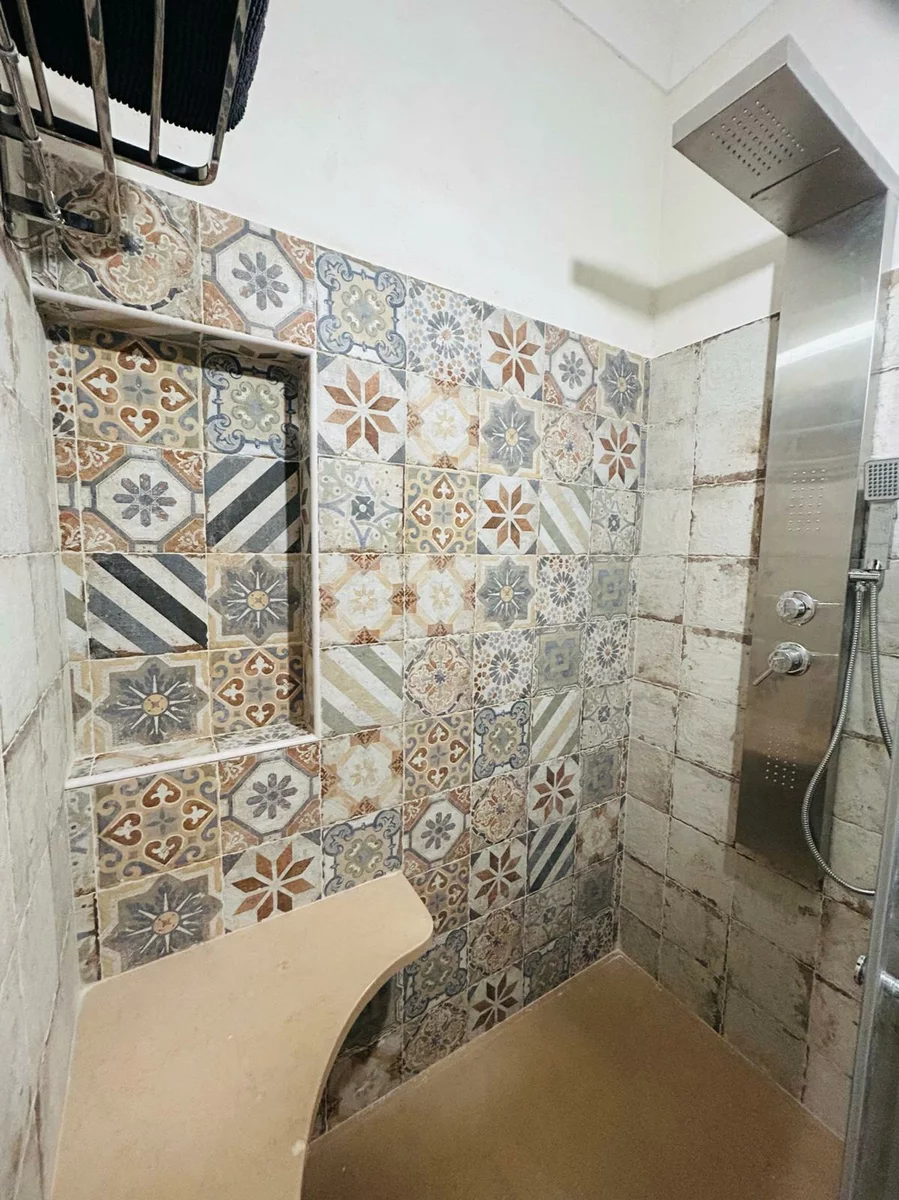
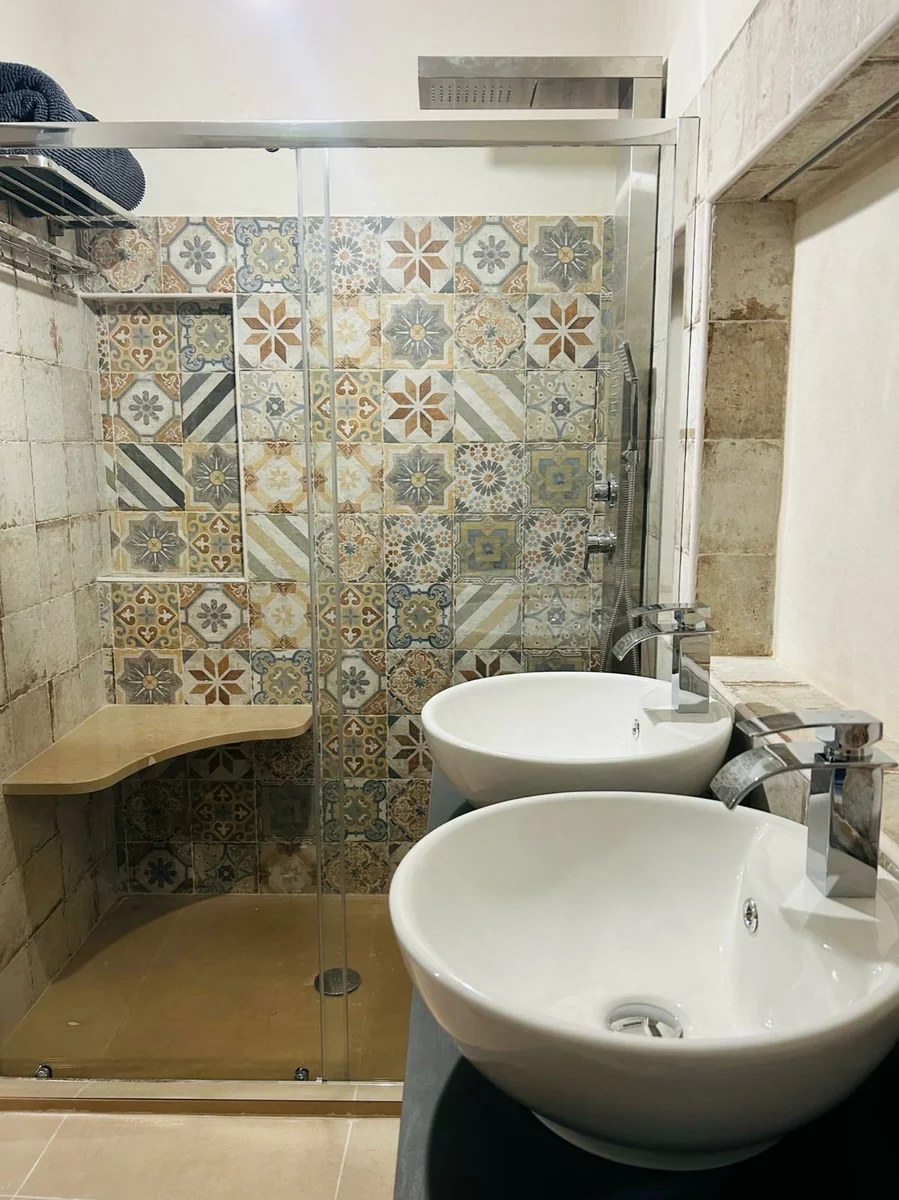
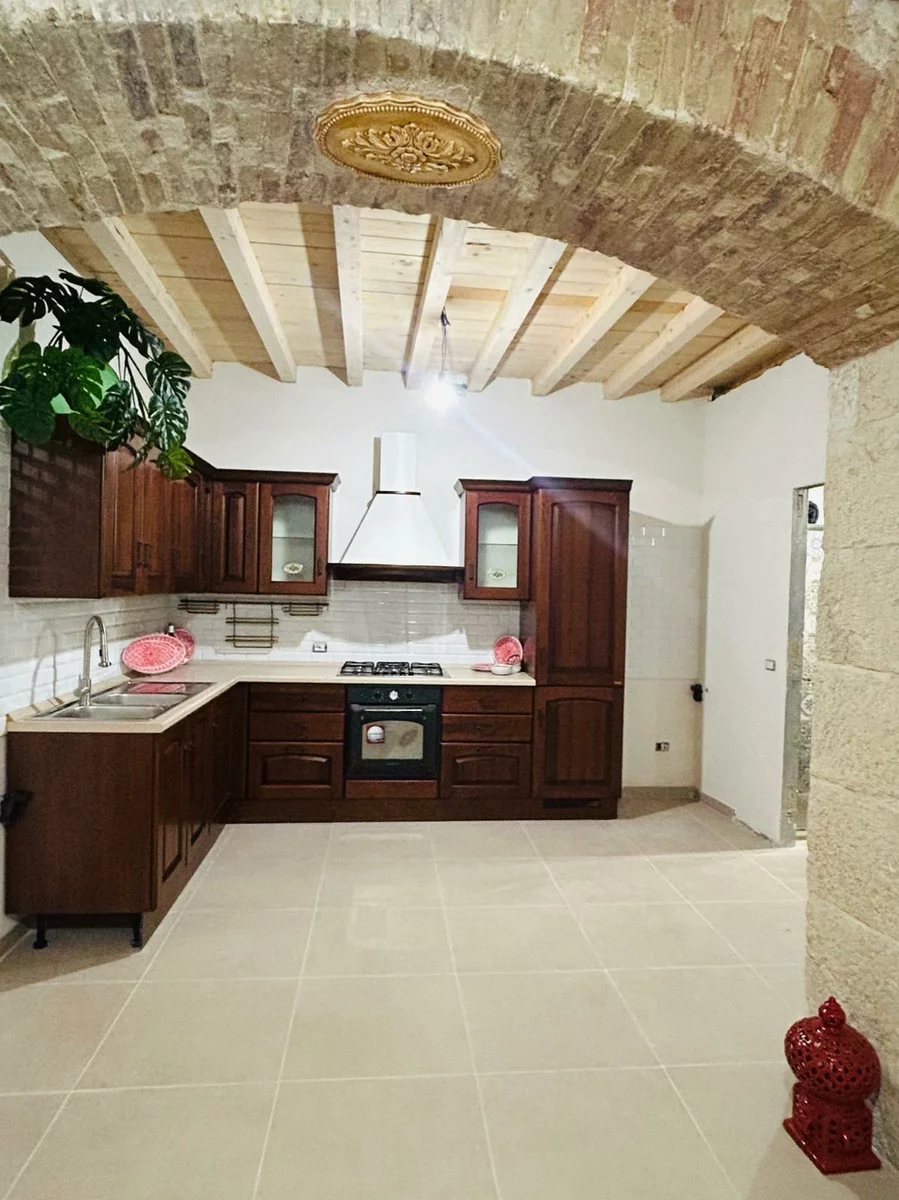
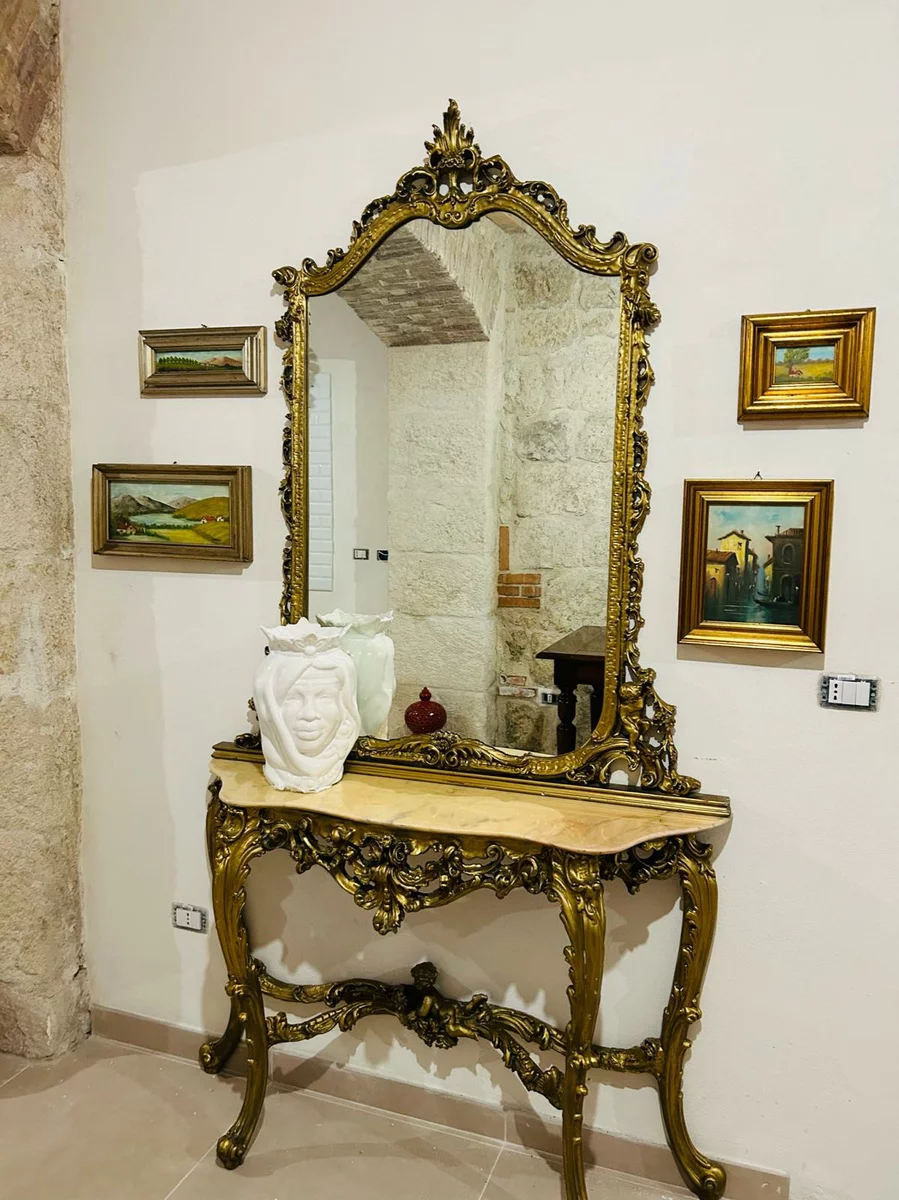
Do you want to share your personal experience of buying a real estate in another country? Email us at info@realting.com. We will be happy to tell your story.








